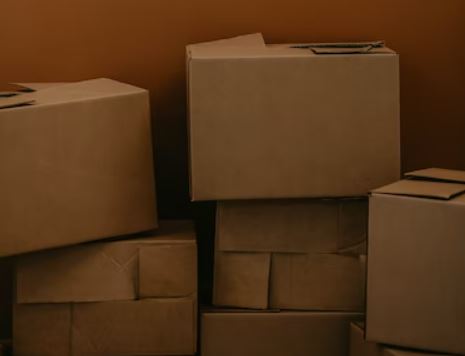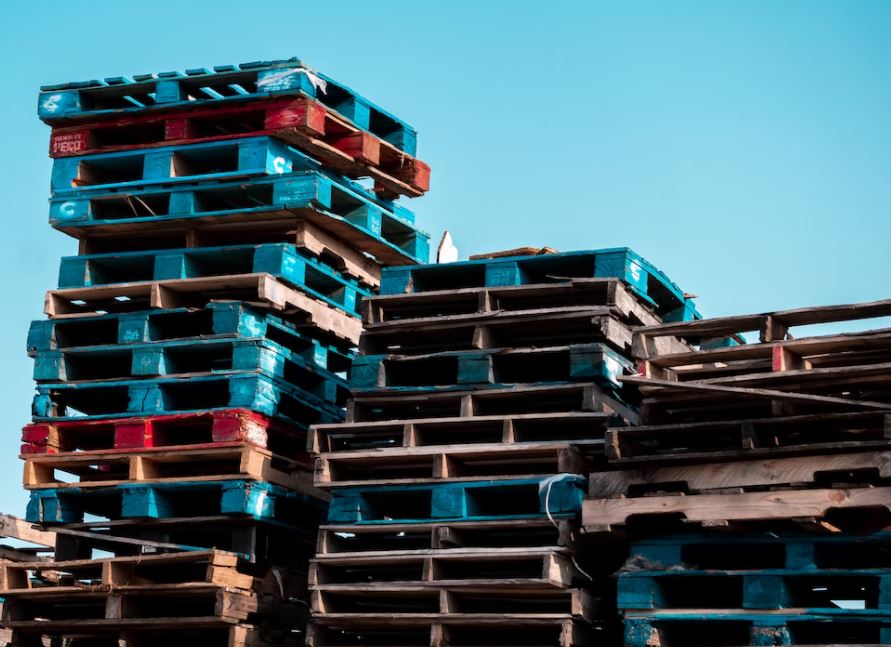When it comes to handling & reducing high volumes of waste, there’s no better tool than commercial trash compactors. These machines compress and compact waste materials, resulting in a wide range of benefits. However, it’s important to know what materials can and cannot be put into a commercial trash compactor to ensure that the machine operates safely and effectively. So what type of waste can you put in a compactor? Some common materials you can compact include:
- Cardboard
- Food Waste & Organic Material
- Non-Ferrous Metals
- Plastics
- Textiles
- Hygiene Products
- Non-Hazardous Medical Waste
- Pallets
- Crates & Boxes
- Drums & Barrels
- Appliances & Furniture
- Defective Products
Compactable materials are generally grouped into three different waste types in order to determine what type of compactor is best for handling. These three waste types are dry wastes, wet wastes, and bulky wastes.
Compacting Dry Waste (Paper, Cardboard, Plastics, Textiles and Non-Ferrous Metals)
Dry waste refers to materials with little to no liquid content. These are items that do not decay or decompose and can include items such as:
- Paper
- Cardboard
- Plastic
- Textiles
- Non-Ferrous Metals
This type of waste is often baled, but compacting can be a great solution as well. These materials are commonly found in households, businesses, and industrial settings, and can often take up a lot of space when not properly managed. The best type of commercial trash compactor for handling dry waste is most scenarios is a Stationary Compactor. If there are certain space constraints or lower volume, then an Apartment Compactor or Vertical Compactor may be the best solution.

The only scenarios in which a Self-Contained Compactor is the best solution for handling dry waste is when there is concern regarding separation mess or the dry material is very small (think packaging peanuts). Separation mess is created when trash falls out of a stationary compactor’s container when it is picked up. Concern about separation mess is the reason self-contained compactors are more common than stationary compactors at garden-style apartment complexes even though the material is primarily dry waste. This is because the property managers for these complexes usually have concerns over attracting vermin and pests. A self-contained compactor has no potential for separation mess because it’s an integral unit with the container.
Compacting Wet Waste (Food Waste & Organic Material, Hygiene Products, Non-Hazardous Medical Waste)
Wet waste refers to waste materials with high liquid content. It is a common byproduct of many industries, including healthcare, grocery, food manufacturing, hospitality, and more. It includes materials that decay and decompose such as:
- Food Waste & Organic Material
- Hygiene Products
- Non-Harzdous Medical Wastes
- Essentially Waste with High Liquid Content
The best compactor solution for handling wet waste in most scenarios is a Self-Contained Compactor. If there are space constraints or lower volume, then a Vertical Compactor may also be a solution.

Compacting Bulky Waste (Pallets, Crates & Boxes, Drums & Barrels, Appliances & Furniture, and Defective Products)
Bulky waste refers to large, heavy materials that are difficult to compact. It is a common byproduct of facilities like manufacturing plants & distribution centers and consists of items like:
- Pallets
- Crates & Boxes
- Drums & Barrels
- Appliances & Furniture.
- Defective Products
The best type of compactor for handling bulky waste is a Pre-Crusher Compactor.

What Cannot Be Put In a Commercial Trash Compactor?
Commercial trash compactors can’t handle all materials. You can’t put everything in them. Some materials may be hazardous, pose a risk to the machine or operators, or cause damage to the environment if not disposed of properly. Some examples of these materials include, but are not limited to:
- Toxic waste & chemicals
- Batteries
- Hazardous medical waste (needles, syringes, body parts, ect.)
- Glass
- Ferrous metals (steel, iron, ect.)
- Anything potentially explosive (aerosol cans, pressurized cylinders, fire extinguishers, ect.)
This is just a brief overview of what items can and cannot go in a commercial trash compactor. It is not an exact list. If you have any questions about compacting a specific material it’s best to speak with an experienced compactor sales rep. At FleetGenius Compactor Solutions, we have no shortage of those. All our compactor sales reps are certified compactor experts and are able to assist you with any questions you may have about compacting specific materials. Have a waste material you think a compactor might be a solution for? We want to hear from you!
